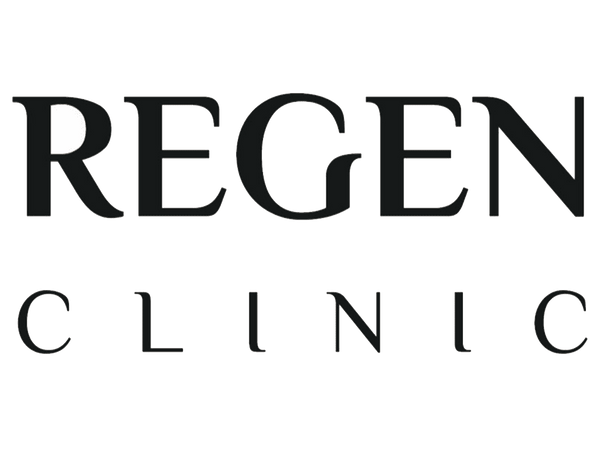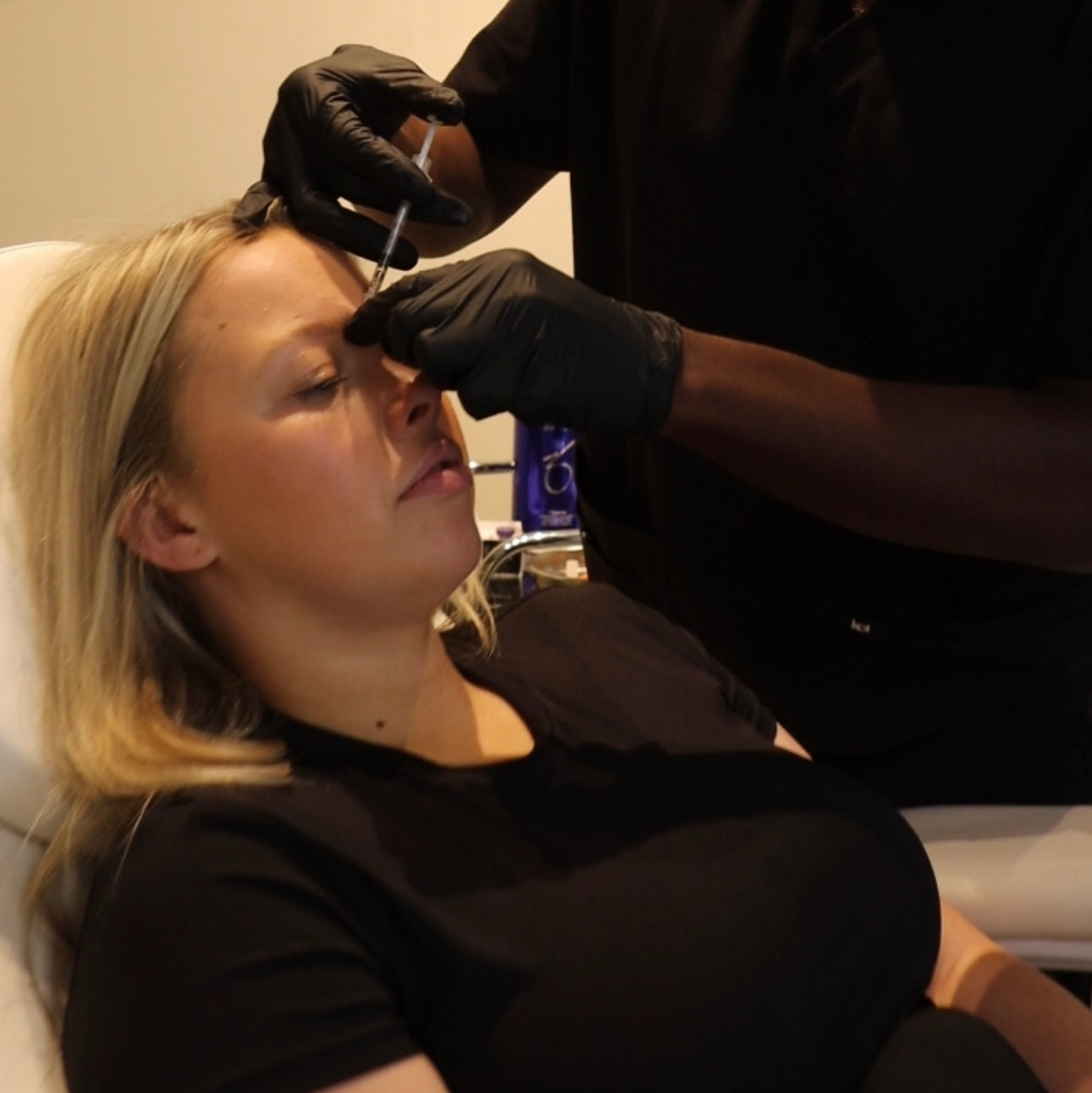
Our anti-wrinkle injections reflect REGEN’s ethos of subtle aesthetics, enhancing your natural beauty with a soft, refined approach. Using Botulinum Toxin A, these injections gently smooth fine lines and wrinkles by temporarily relaxing specific facial muscles, creating a rejuvenated and youthful look without overpowering your natural expression. Our treatment targets areas like the forehead, crow’s feet, and frown lines, focusing on a fresh, rested appearance that aligns with our philosophy of “wearing your best skin” while preserving authentic beauty.
-

Price
Prices can be seen by clicking here
-
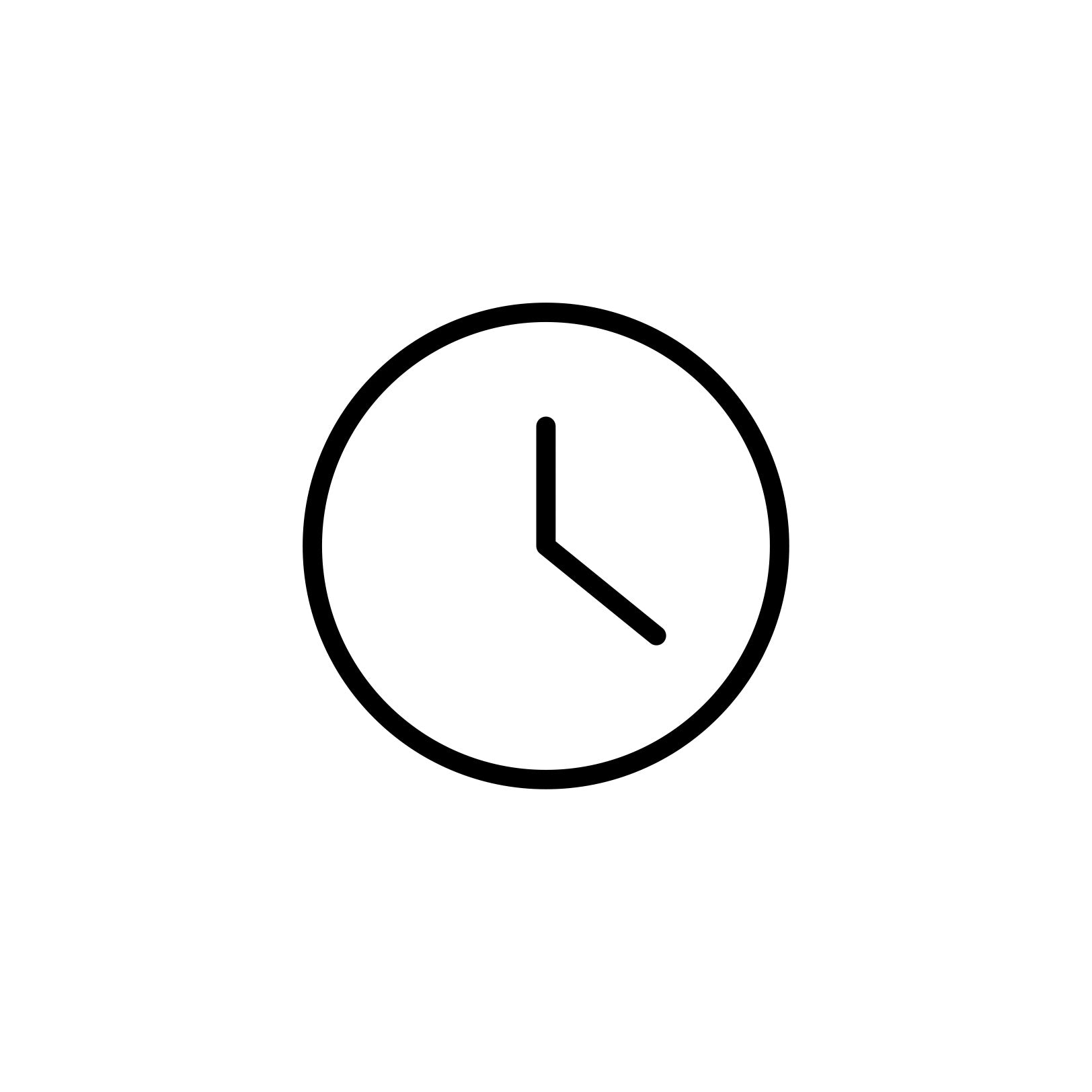
Time of Procedure
15-20 minutes
-
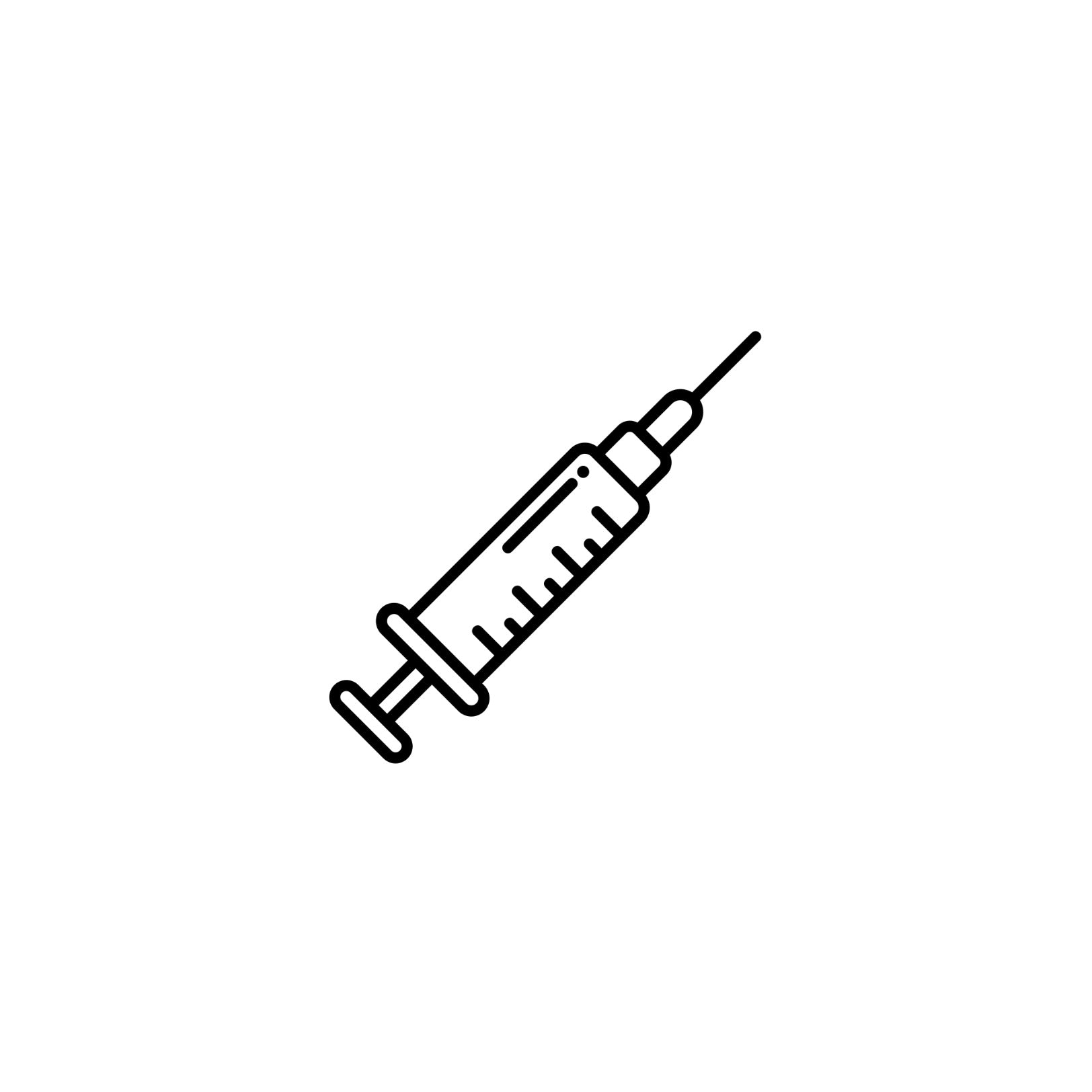
Discomfort
1 out of 5
-
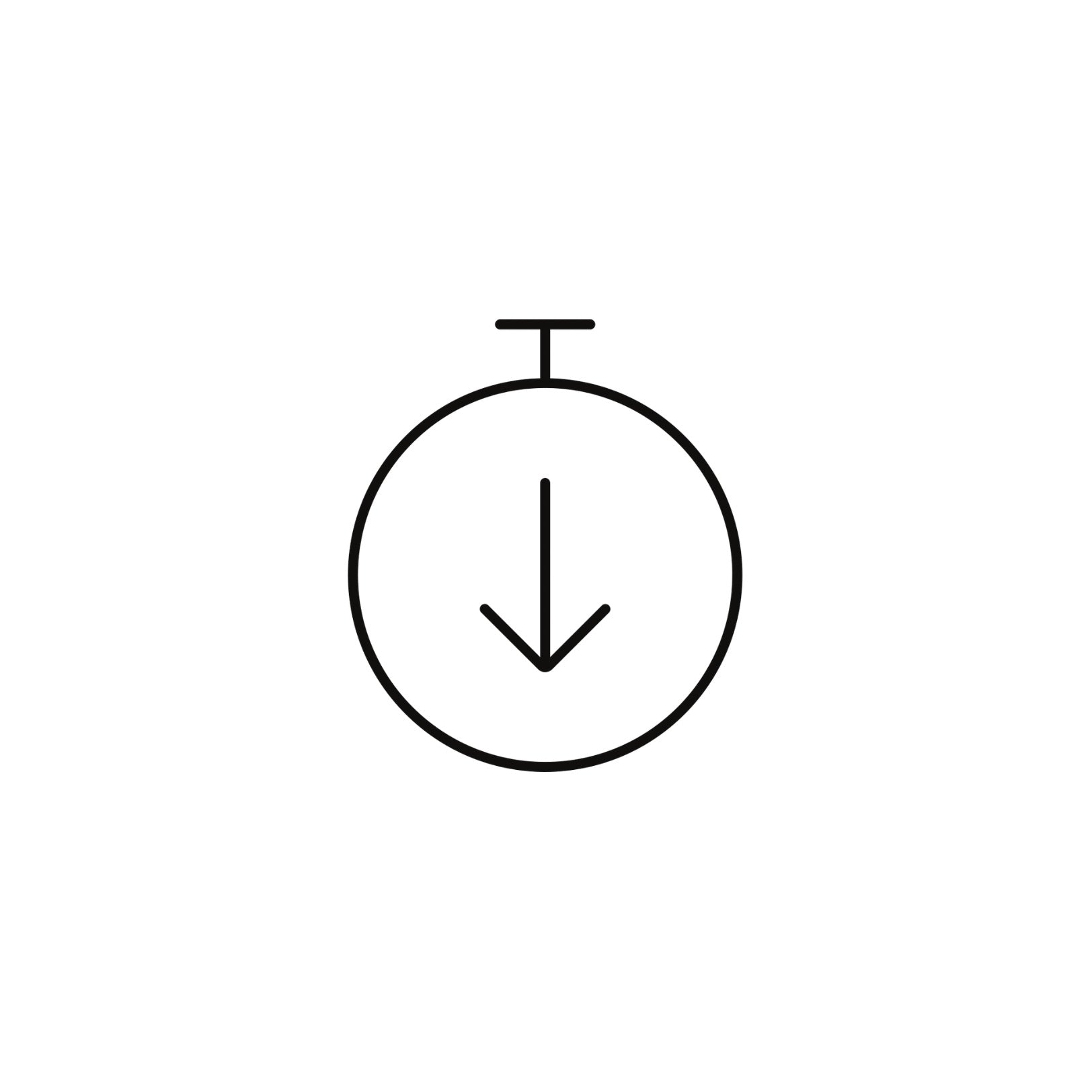
Downtime
Minimal
-
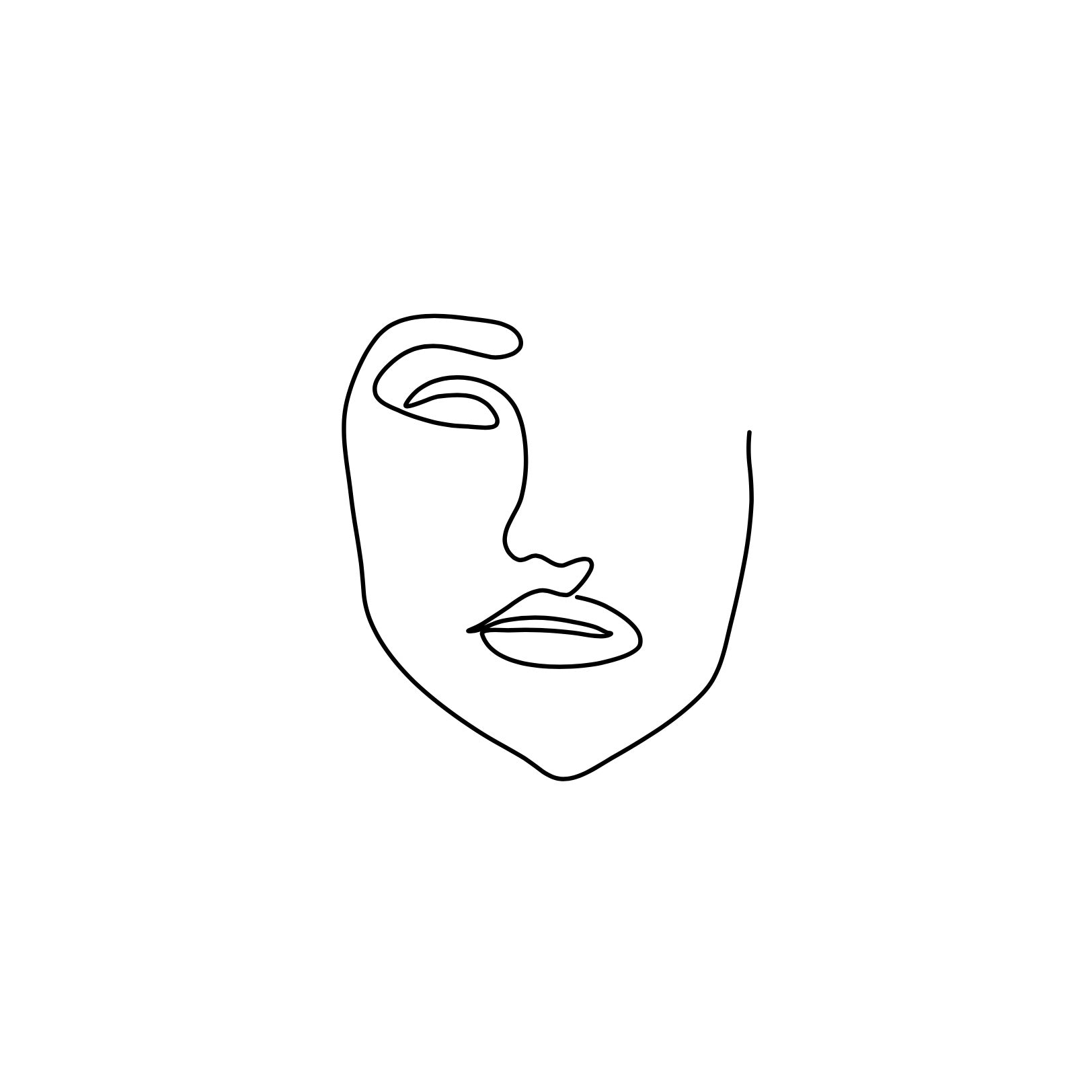
Sessions Required
Once every 3 to 4 months, top-up offered within 1 month.
FAQs
How does the Botox® procedure work?
The procedure involves injecting small amounts of Botulinum Toxin A directly into specific facial muscles using an ultra-fine needle. This temporarily relaxes the muscles, reducing the appearance of lines and creating smoother skin.
Does the treatment cause pain?
Most clients experience minimal discomfort, thanks to the ultra-fine needle used. Any mild soreness or redness typically subsides quickly.
When will I see the results?
Results usually begin to show around the 3rd or 4th day post-treatment, with full effects visible in two weeks. A follow-up session may be scheduled if needed, and a complimentary top-up is included in the initial treatment cost.
Are there any side effects?
Mild side effects, like slight redness or bumps, may appear at injection sites but typically resolve within 30 minutes.
What areas can Botox® treat?
Botox® can effectively address various facial and body areas, including:
• Forehead Lines: Smooth horizontal lines from facial expressions.
• Frown Lines: Soften vertical lines between the eyebrows.
• Crow’s Feet: Minimize lines around the eye corners.
• Bunny Lines: Address wrinkles along the nose sides.
• Lip Lines: Reduce fine vertical lines around the mouth.
• Chin Dimpling: Smooth a dimpled or “pebbly” chin.
• Neck Bands: Soften vertical bands on the neck.
• Bruxism/TMJ: Relieve symptoms from teeth grinding and jaw clenching, potentially tapering the jawline.
• Migraine Relief: Alleviate headache symptoms by blocking pain signals.
• Hyperhidrosis (Excess Sweating): Control underarm sweating by reducing gland activity.
• Gummy Smile: Relax upper lip muscles to minimize gum display.
How long do the results last?
Results are temporary and typically last 3 to 6 months, after which natural muscle function gradually returns. Regular treatments can help maintain a refreshed appearance over time.
